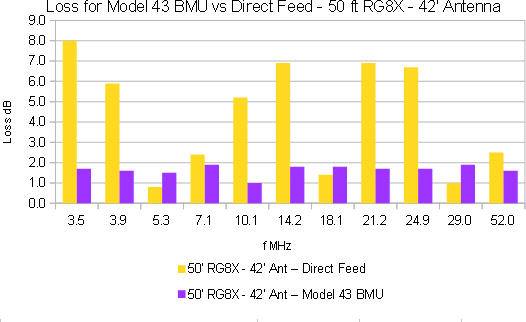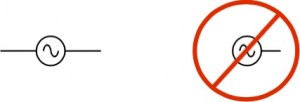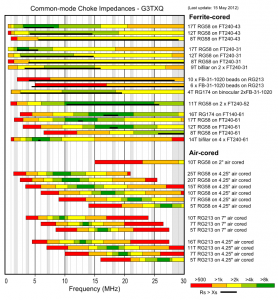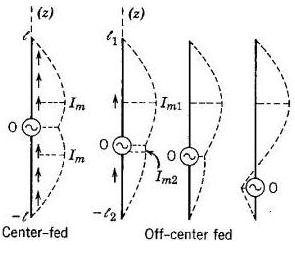Part 1 – A simple transmitter, transmission line, and an “End-Fed” antenna WITHOUT a formal “Counterpoise” – We will see why common-mode current must ALWAYS flow on the coax shield.
End-Fed Antennas have been around since the good ‘ol days and were once most popular. Yet for some reason, much discord still exists regarding the “counterpoise” – what its behavior is, or if one is even needed. Not all that surprising since the term “counterpoise” doesn’t seem to have a firm definition. Hopefully, we can figure out what’s going on despite the semantics, and deal only with easy to understand basic principles.
Principles like this from basic physics:
“…charge conservation is the principle that electric charge can neither be created nor destroyed.”*
Continue reading Current Flow Fundamentals for an “End-Fed” Antenna – part 1
17,095 total views, 1 views today



